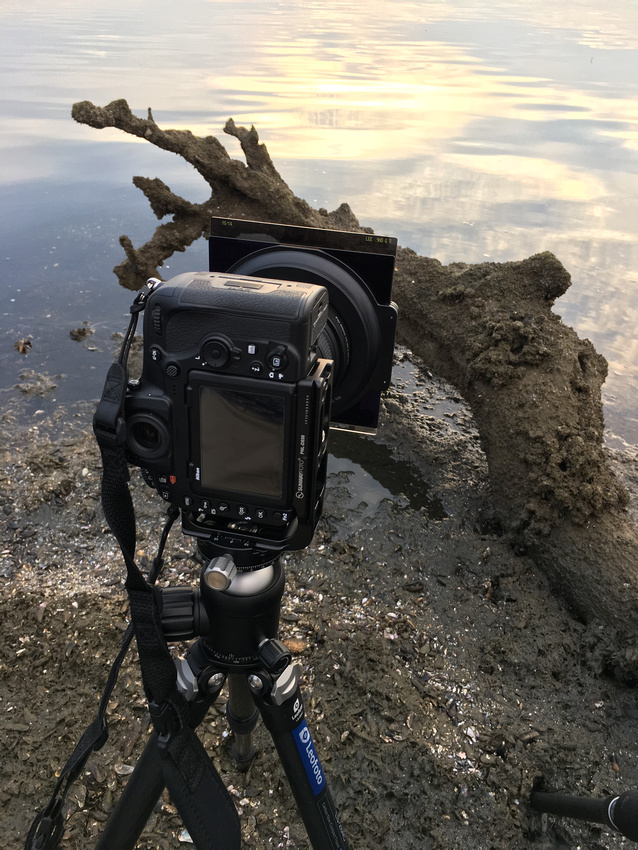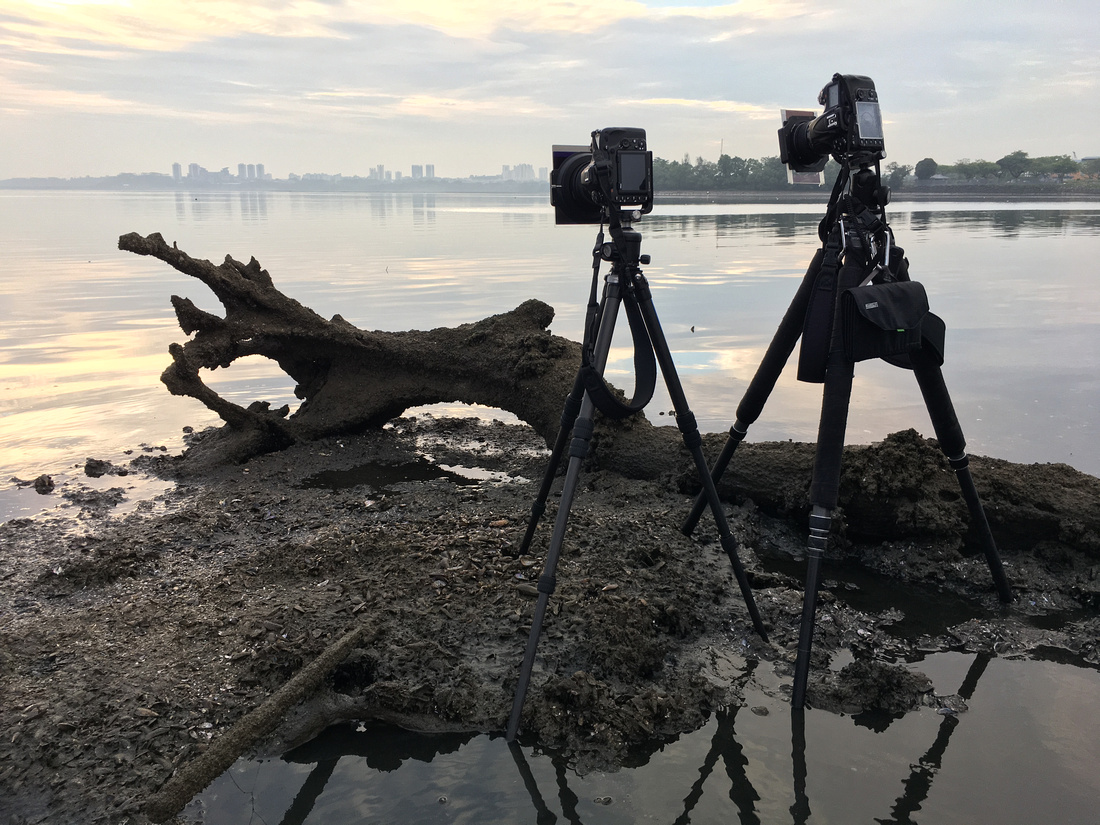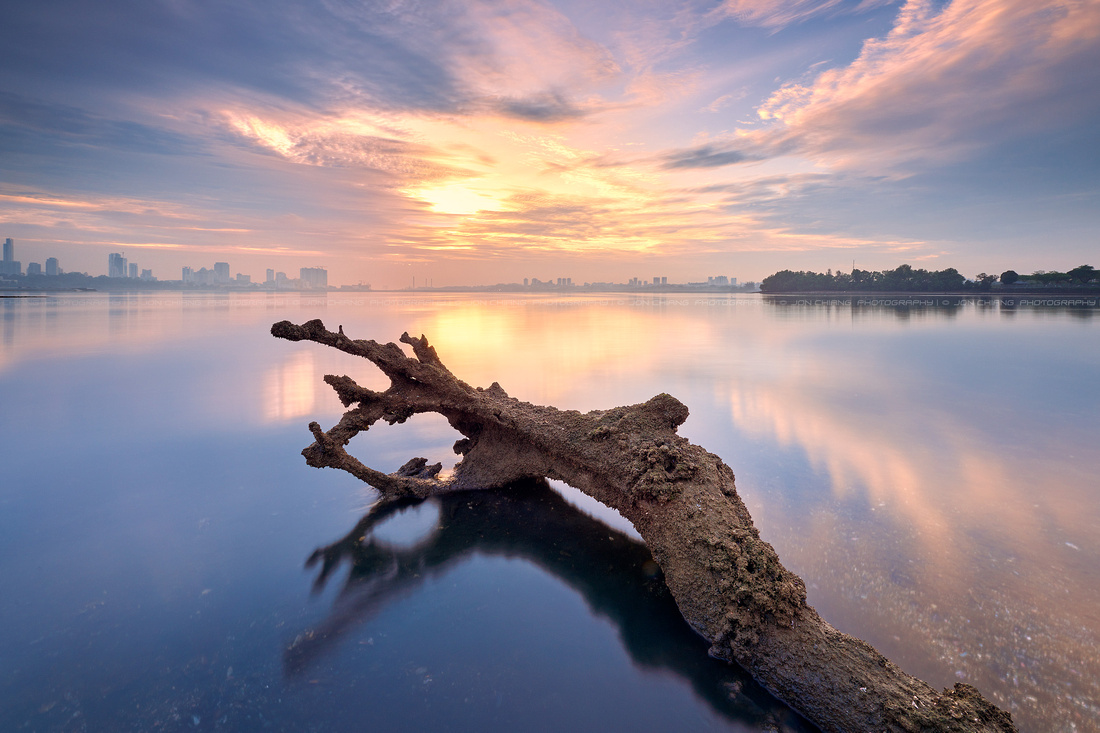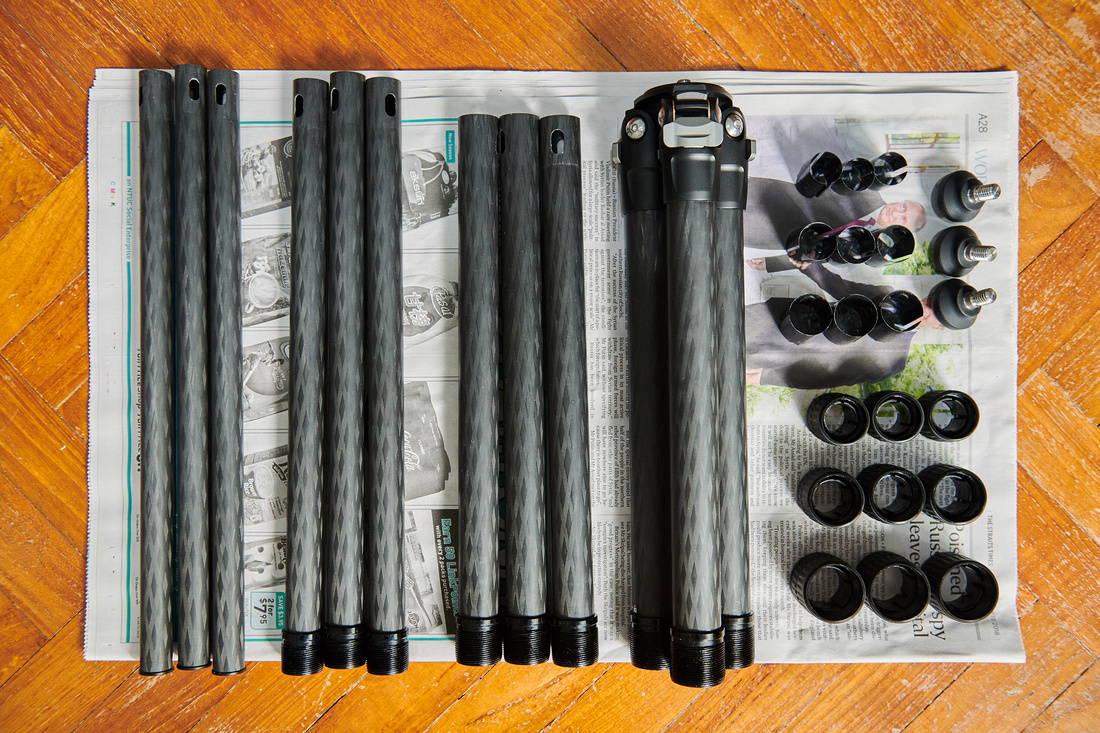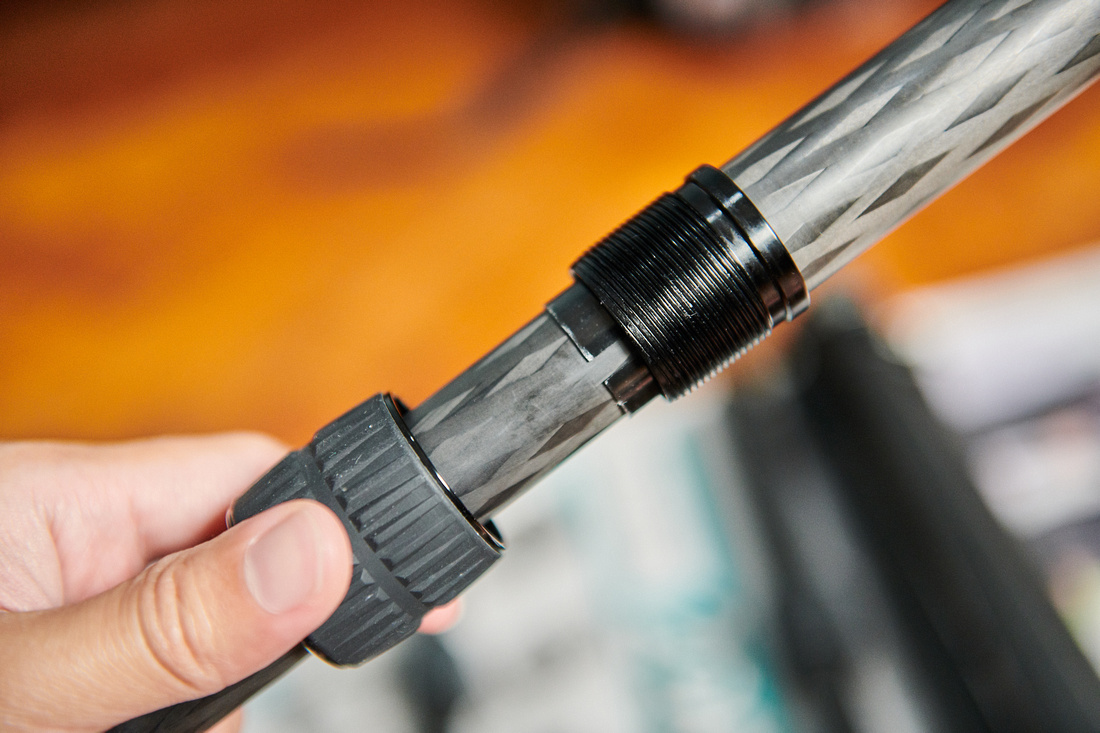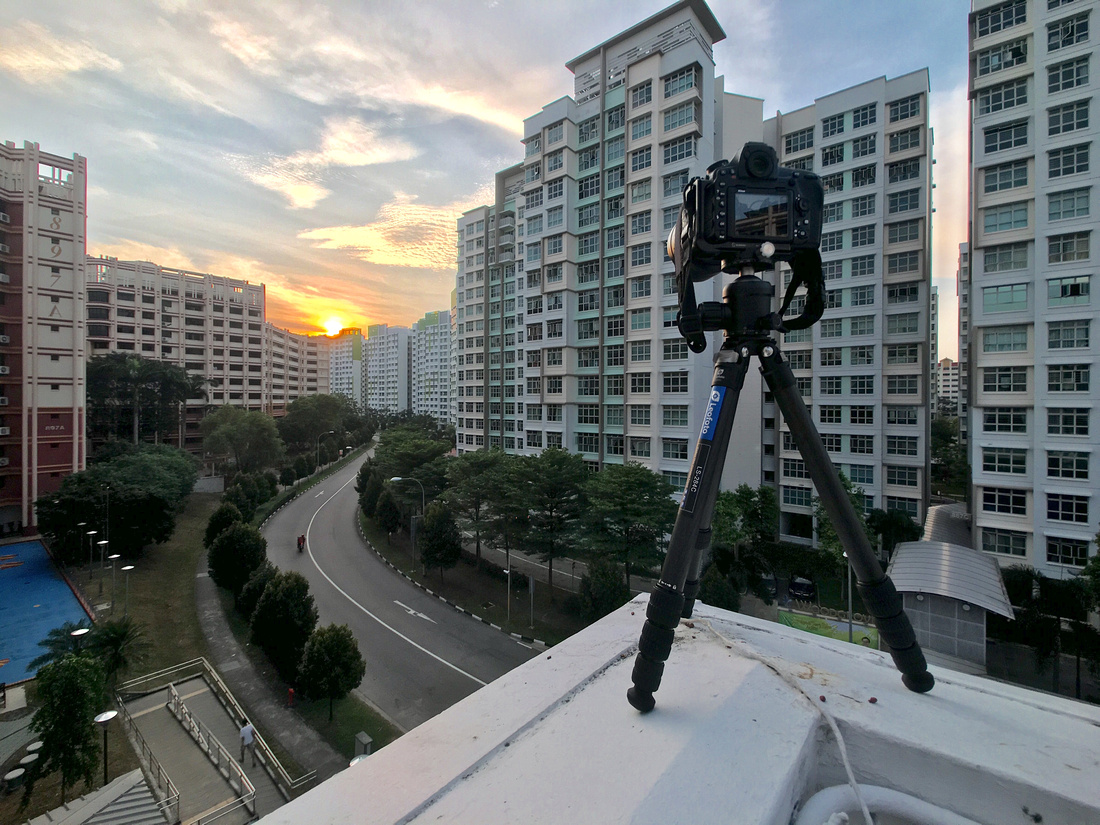Overview
Leofoto is a relatively newcomer in the very saturated market of tripod makers, offering tantalisingly low prices for good performance and added features to put a leg up against other more established competitors. Having a pretty awesome working review relationship with local dealer PhotosphereSG, they loaned me a copy of the Leofoto LS-284C tripod with the Leofoto NB-46 ball head for use as my go-to landscape kit for a few weeks. Aside from that, they also provided me with a few other Leofoto goodies that I will be reviewing later, so massive shout outs to them!
Those who are familiar with my shooting style know that I go for the most sturdy set-up whenever I can, which is why I lug around a beefy Really Right Stuff TVC-33 tripod for my urban landscape shenanigans. However, such a set-up can be ironically a pain to travel with considering the nature of my photography style. Though it may be light for its size, the TVC-33 is still bulky, which is why I've only brought it overseas (to New Zealand) once, where we had our own transport to get us to our landscape spots.
Enter the Leofoto LS-284C set of legs. At just 1.12kg and 44.4cm without a head attached, the carbon-fibre legs is very light and packs nicely into luggage or the padded tripod bag it came with. This 4-section tripod extends up to a decent working height of 120cm when fully splayed, and can be easily laid flat onto any surface due to its design which does not include a centre column by default. The centre column is still included in the kit, but one has to screw the column into the apex of the tripod since it isn't built into the design. For most landscape photographers, this is actually preferable as it does not compromise stability and allows you to quickly drop to a lower angle when needed. Check out more specs here at their product website.
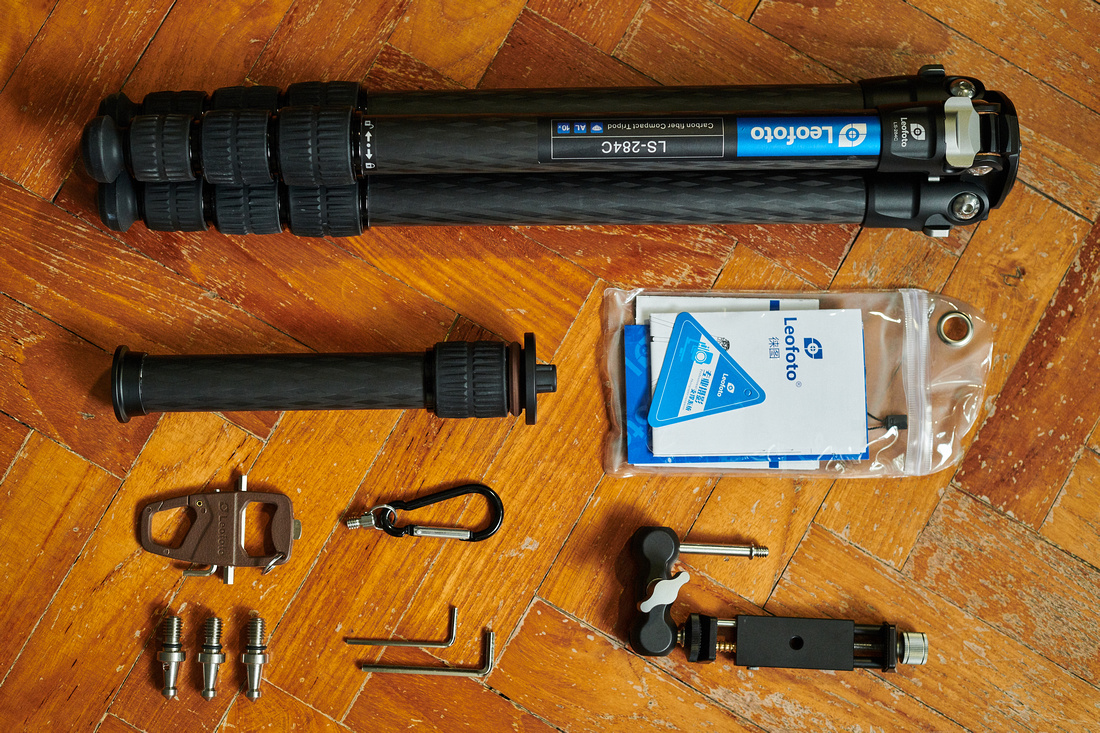
The tripod comes with the aforementioned detachable centre column, allen wrenches in a tool kit, a carabiner with a 1/4in screw attachment that you could attach to the underside or the side of the tripod's apex to hang your camera bag with or other accessories, and tripod leg spikes for use outdoors. The AM-2 magic arm with the PC-90 phone attachment on the bottom right is not part of the tripod kit, but can be purchased as a separate accessory.
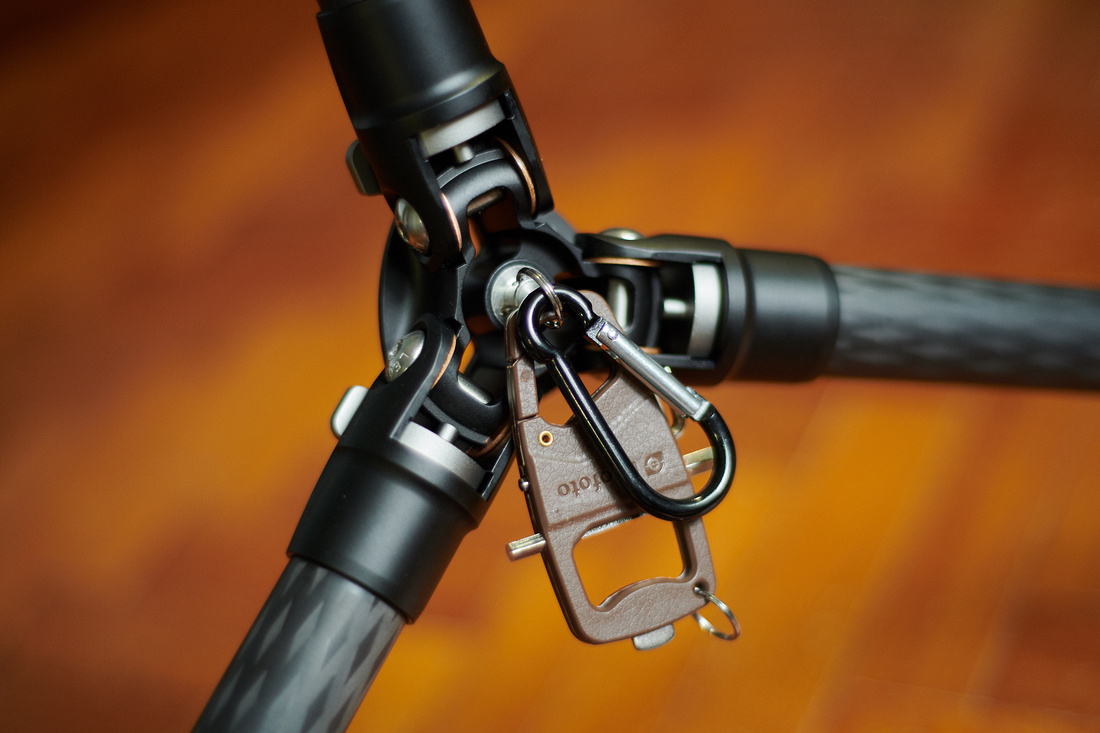
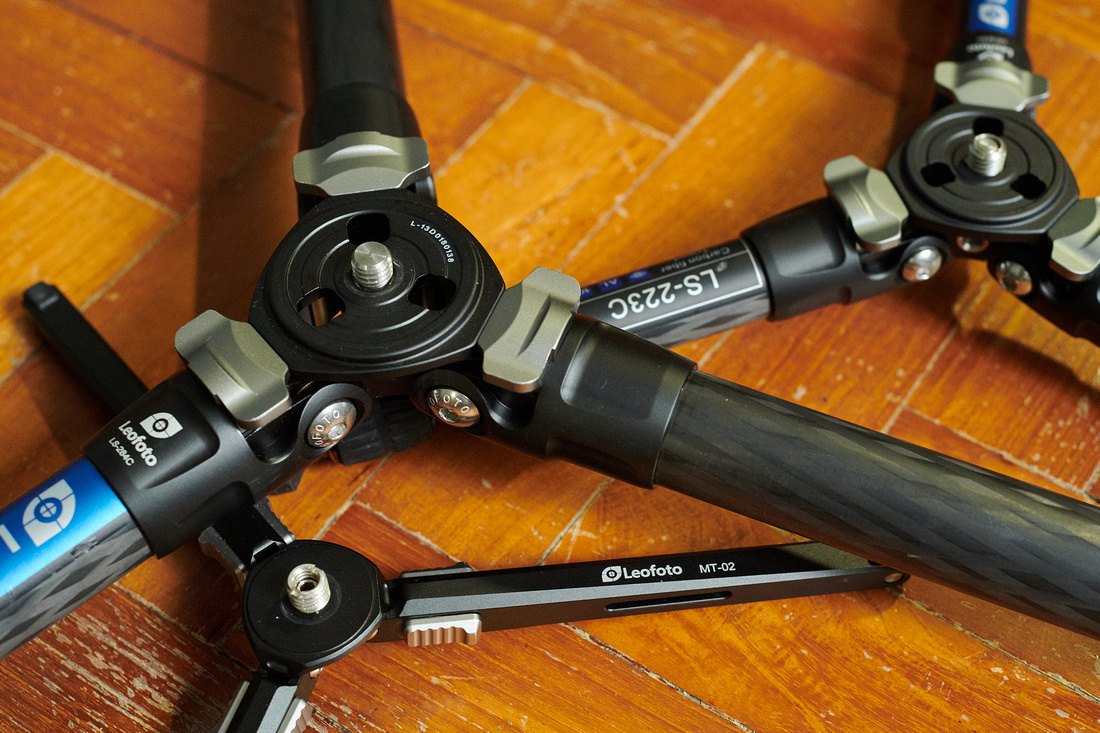
Unlike similar travel tripods which include the centre column in their designs, the Leofoto by default does not come with one attached. This allows landscape shooters to quickly drop to a lower angle when desired, instead of having to invert the centre column and the camera in other tripods, which can be a cumbersome and unwieldy affair. Pictured here next to the LS-284C are the Leofoto MT-02 tabletop tripod and the LS-223C mini tripod, both of which goes slightly lower and have a smaller footprint when fully splayed out.
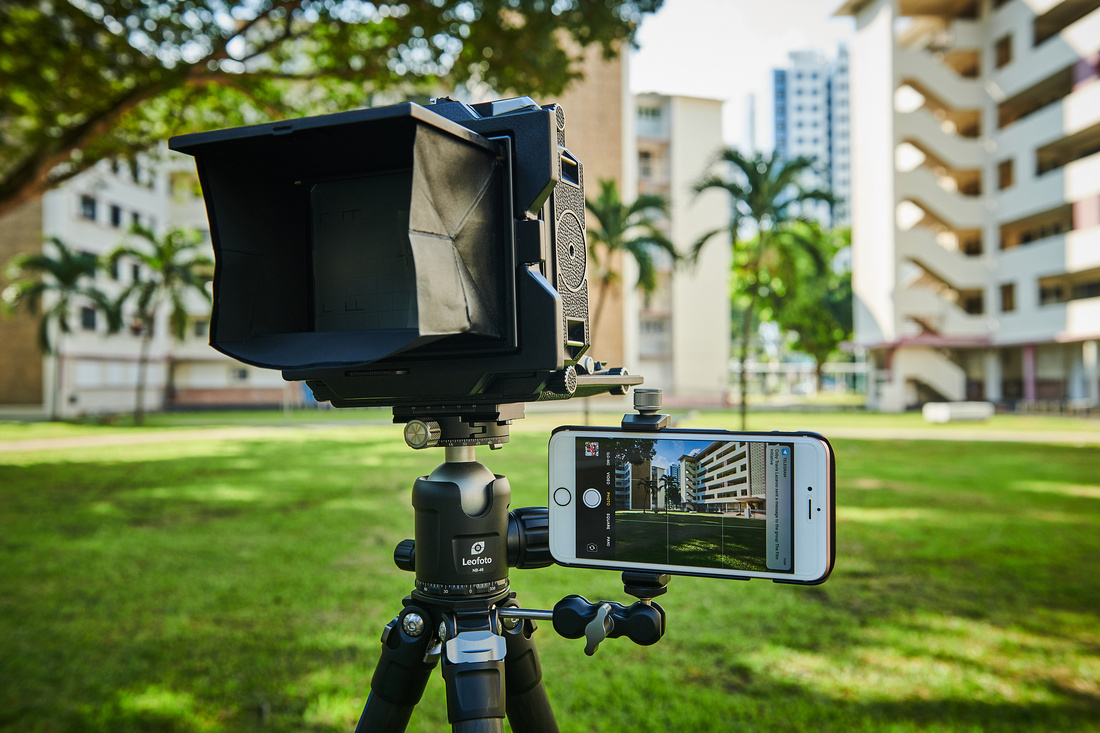
The NB-46 ball head included in my review kit is rated up to 30kg and has a large 46mm ball for better friction and control. At 553g, it is slightly lighter than my full-sized Arca-Swiss Z1 ball head, but has a smaller diameter, making it a good fit with travel-sized tripods. Paired together with the Leofoto legs, the entire set-up weighs in at around 1.7kg, but makes for a light and sturdy set-up capable of holding my large format Horseman 45FA camera and my mobile phone when splayed out properly on flat ground. The ball head also comes with a small built-in Arca-Swiss-compatible panoramic clamp, something that I quite appreciate especially when grabbing panos on the fly. With the panoramic clamp, one can easily centre the ball head to ensure a seamless and level pan in the horizontal axis, which is perfect for quick single-row panoramas.
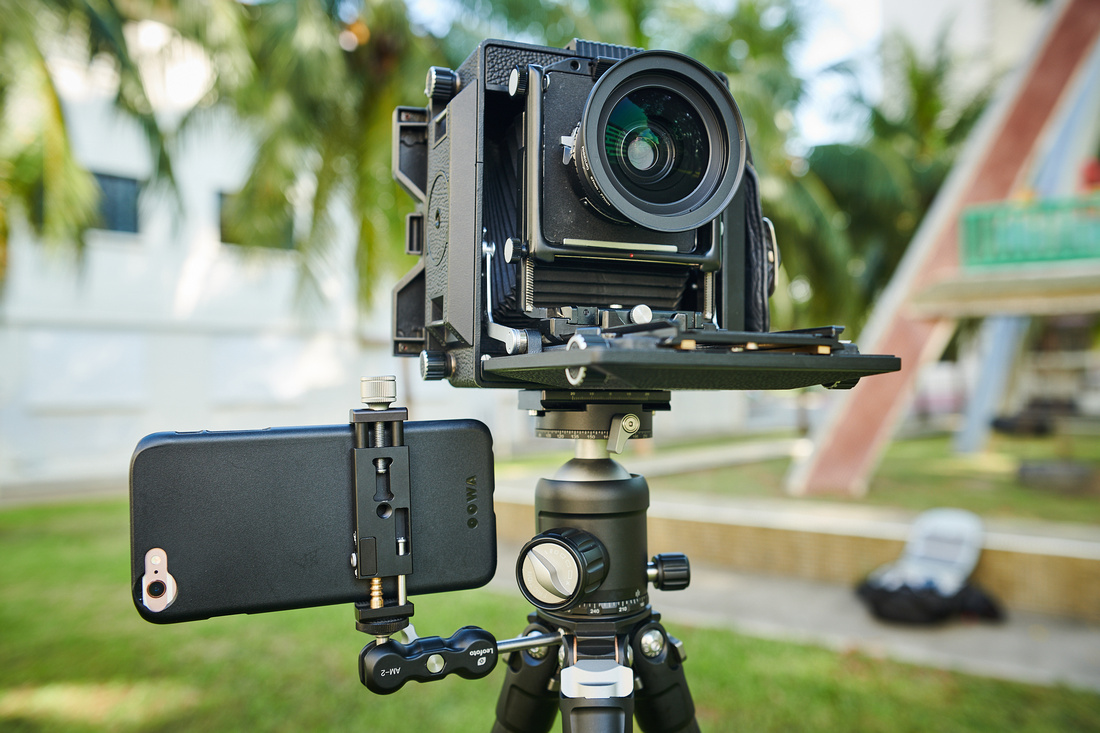
Like with any other Arca-Swiss-styled ball head, it features a main adjustment knob with tension setting and a pan adjustment knob. While the main knob is easily adjustable and locks lightly without much creep, I like that the friction setting can be easily adjusted with the big twist-handle. Most other ball heads of such styles require users to fiddle with a small thumb-screw to set the friction, which can be a clumsy affair. The friction setting is locked in securely in this manner as well, since the handle has click-stops built-in to prevent any accidental resetting. The knobs on the ball head are however made purely out of metal, so they may bite into your fingers when adjusting, which can happen especially in colder climates.
The tripod comes with a 1/4in screw attachment on the apex, allowing users to mount accessories like the AM-2 friction articulating magic arm and the PC-90 phone clamp. This is particularly useful if you wish to shoot timelapses from your phone while shooting with your main camera mounted on the tripod, but do not wish to pack another tripod separately for this function. The phone clamp can extend from 56mm to 90mm, easily accommodating most smartphone sizes. Check out the clamp here on PhotosphereSG's online store.
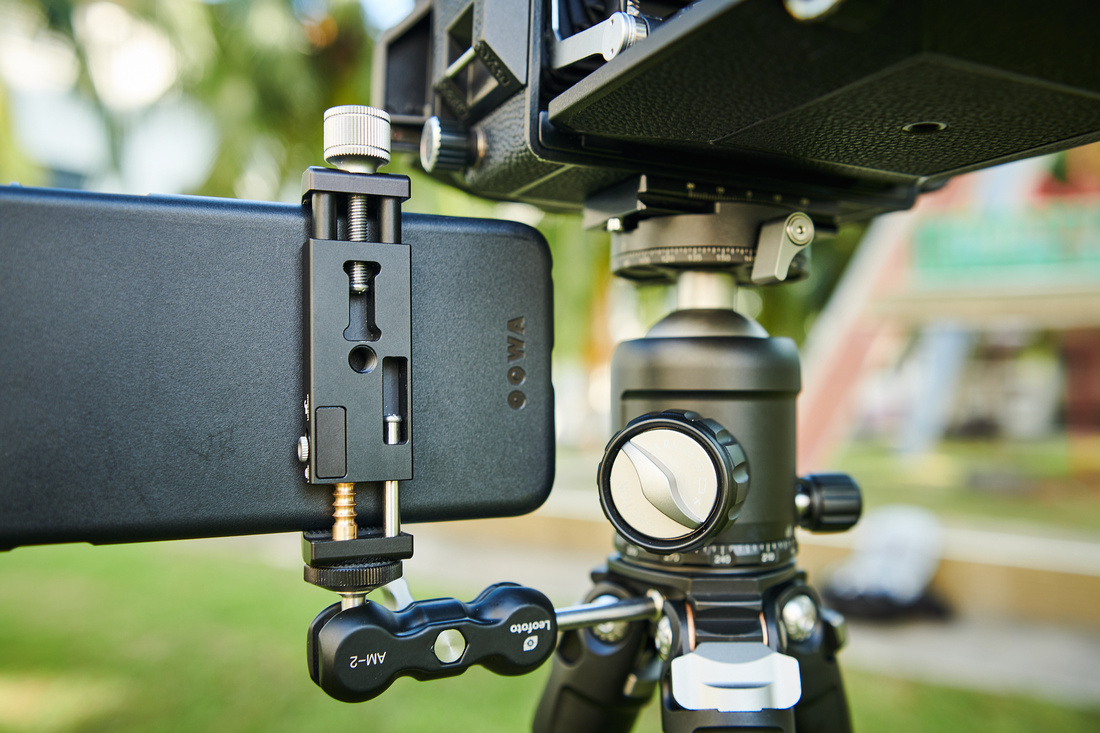
Leofoto is a relatively newcomer in the very saturated market of tripod makers, offering tantalisingly low prices for good performance and added features to put a leg up against other more established competitors. Having a pretty awesome working review relationship with local dealer PhotosphereSG, they loaned me a copy of the Leofoto LS-284C tripod with the Leofoto NB-46 ball head for use as my go-to landscape kit for a few weeks. Aside from that, they also provided me with a few other Leofoto goodies that I will be reviewing later, so massive shout outs to them!
Those who are familiar with my shooting style know that I go for the most sturdy set-up whenever I can, which is why I lug around a beefy Really Right Stuff TVC-33 tripod for my urban landscape shenanigans. However, such a set-up can be ironically a pain to travel with considering the nature of my photography style. Though it may be light for its size, the TVC-33 is still bulky, which is why I've only brought it overseas (to New Zealand) once, where we had our own transport to get us to our landscape spots.
Enter the Leofoto LS-284C set of legs. At just 1.12kg and 44.4cm without a head attached, the carbon-fibre legs is very light and packs nicely into luggage or the padded tripod bag it came with. This 4-section tripod extends up to a decent working height of 120cm when fully splayed, and can be easily laid flat onto any surface due to its design which does not include a centre column by default. The centre column is still included in the kit, but one has to screw the column into the apex of the tripod since it isn't built into the design. For most landscape photographers, this is actually preferable as it does not compromise stability and allows you to quickly drop to a lower angle when needed. Check out more specs here at their product website.

Leofoto review kit
The tripod comes with the aforementioned detachable centre column, allen wrenches in a tool kit, a carabiner with a 1/4in screw attachment that you could attach to the underside or the side of the tripod's apex to hang your camera bag with or other accessories, and tripod leg spikes for use outdoors. The AM-2 magic arm with the PC-90 phone attachment on the bottom right is not part of the tripod kit, but can be purchased as a separate accessory.

Accessories can be hooked under the tripod using the included 1/4in screw attachment

Low-angle capabilities of the LS-284C with other Leofoto products
Unlike similar travel tripods which include the centre column in their designs, the Leofoto by default does not come with one attached. This allows landscape shooters to quickly drop to a lower angle when desired, instead of having to invert the centre column and the camera in other tripods, which can be a cumbersome and unwieldy affair. Pictured here next to the LS-284C are the Leofoto MT-02 tabletop tripod and the LS-223C mini tripod, both of which goes slightly lower and have a smaller footprint when fully splayed out.

Leofoto LS-284C with NB-46 ballhead and AM-2 with PC-90 phone attachment
The NB-46 ball head included in my review kit is rated up to 30kg and has a large 46mm ball for better friction and control. At 553g, it is slightly lighter than my full-sized Arca-Swiss Z1 ball head, but has a smaller diameter, making it a good fit with travel-sized tripods. Paired together with the Leofoto legs, the entire set-up weighs in at around 1.7kg, but makes for a light and sturdy set-up capable of holding my large format Horseman 45FA camera and my mobile phone when splayed out properly on flat ground. The ball head also comes with a small built-in Arca-Swiss-compatible panoramic clamp, something that I quite appreciate especially when grabbing panos on the fly. With the panoramic clamp, one can easily centre the ball head to ensure a seamless and level pan in the horizontal axis, which is perfect for quick single-row panoramas.

Frontal view of the set-up above
Like with any other Arca-Swiss-styled ball head, it features a main adjustment knob with tension setting and a pan adjustment knob. While the main knob is easily adjustable and locks lightly without much creep, I like that the friction setting can be easily adjusted with the big twist-handle. Most other ball heads of such styles require users to fiddle with a small thumb-screw to set the friction, which can be a clumsy affair. The friction setting is locked in securely in this manner as well, since the handle has click-stops built-in to prevent any accidental resetting. The knobs on the ball head are however made purely out of metal, so they may bite into your fingers when adjusting, which can happen especially in colder climates.
The tripod comes with a 1/4in screw attachment on the apex, allowing users to mount accessories like the AM-2 friction articulating magic arm and the PC-90 phone clamp. This is particularly useful if you wish to shoot timelapses from your phone while shooting with your main camera mounted on the tripod, but do not wish to pack another tripod separately for this function. The phone clamp can extend from 56mm to 90mm, easily accommodating most smartphone sizes. Check out the clamp here on PhotosphereSG's online store.

My iPhone 6s Plus mounted on the PC-90 phone clamp
Last edited:



